
C diff and pneumonia still pose significant threats, according to the hospital survey.
Brian P. Dunleavy has been covering health and medical research for more than 25 years, for United Press International and EverydayHealth.com, among other outlets. He is also the former editor of Infectious Disease Special Edition. In addition, he has written on other subjects for Biography.com, History.com, the Village Voice and amNewYork, among others. He holds a master’s degree from the University of Missouri School of Journalism.

C diff and pneumonia still pose significant threats, according to the hospital survey.

The results of a new study suggest these immune-system organs may be more involved in the disease than originally thought.
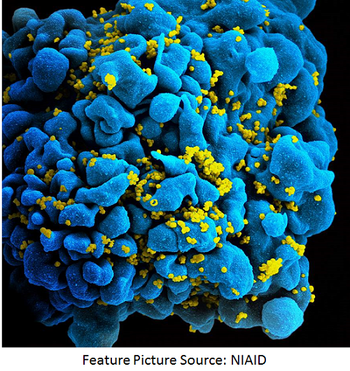
The results of a phase 1b study may set the stage for the next evolution of HIV therapy.

New outbreaks of rubella and troubling data on influenza highlight the importance of vaccination.

Men who experienced seroconversion following the advent of antiviral therapy (circa 1996) and who received treatment were found to be more likely to reduce risk behaviors.
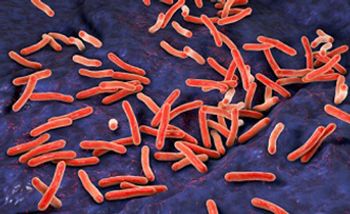
A new study highlights the potential predictive power of genome sequencing.
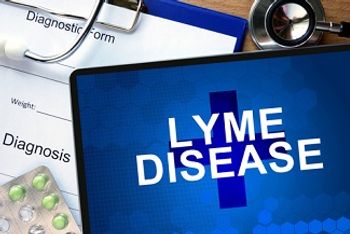
New report highlights potential for direct testing of the tick-borne disease.

The results of a new study suggest the approach can help stratify patients with the disease.
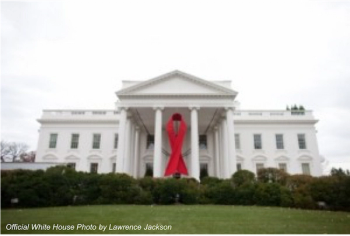
Even as new treatments for the virus become available, access may be an issue thanks to budget re-shuffling in Washington.

Adding reminders to electronic health records shows promise at improving influenza vaccination rates, according to results of JAMA Open Network study.

The program calls for new research and development incentives, veterinary stewardship, and enhanced surveillance.

A new study is the first to identify eosinophil counts as a predictor of outcomes in human patients.

Local officials tout benefits of needle exchange, testing programs at reducing risk.

Tick-borne infections will pose significant threats in the near future, according to infectious disease experts.
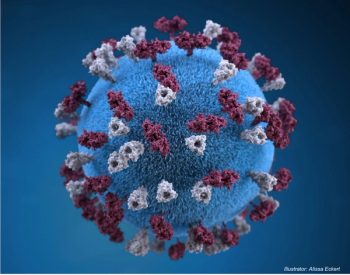
A social media campaign initiated in Russia may be sowing the seeds of debate surrounding vaccine safety, causing new outbreaks of measles globally.
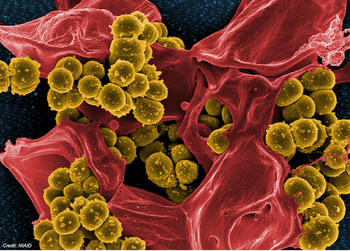
The results are significant given the ongoing debate regarding the role of contact precautions for the gram-positive bacteria.
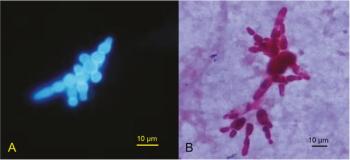
New geographical spread of the disease may warrant increased vigilance among labs and clinicians.

The results of a study published by JAMA Internal Medicine are a call to action for cities facing homelessness crises.
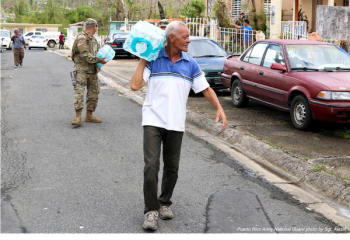
The storm compromised the island’s medical infrastructure, interrupting treatment of chronic diseases and disrupting testing for infectious disease outbreaks.
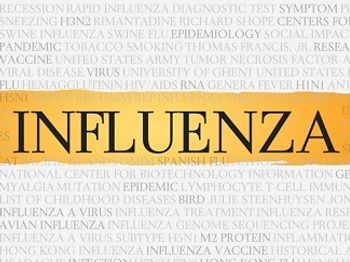
With vaccine efficacy during the 2017–2018 flu season under question, a novel antiviral agent may provide a solution.

Science doesn’t support legal punishment of HIV-positive people.
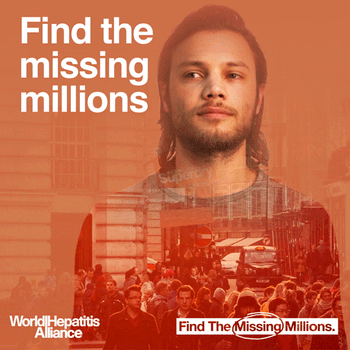
Millions with viral hepatitis go undiagnosed and untreated.
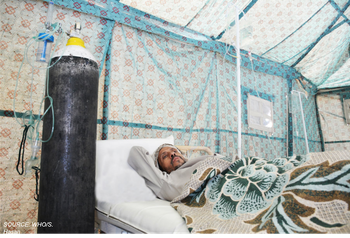
Experts say the country remains at risk for infectious disease outbreaks as long as fighting continues.

The virus is only the latest to be used in experiments on a viral approach to cancer treatment.
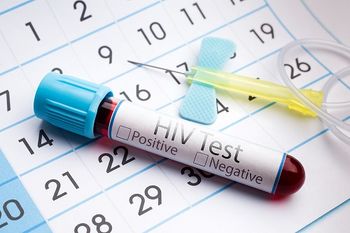
Increased testing and education, as well as assistance in financing the cost of care, are clearly needed.

Clinical pharmacy formulations are an affordable and viable approach.

The new edition is fully electronic and makes key changes related to antimicrobial resistance and HIV.
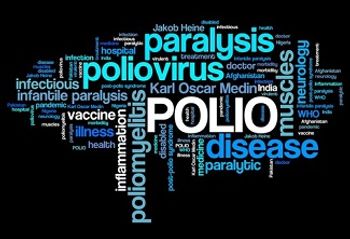
A reported case of the deadly disease was a misdiagnosis, but it is still a warning sign of the troubles facing the South American country.

A new study reveals that HIV clinicians may not be doing enough to monitor for opioid abuse/misuse among patients.

Much about the virus and the proper public health response to outbreaks remains up for debate.